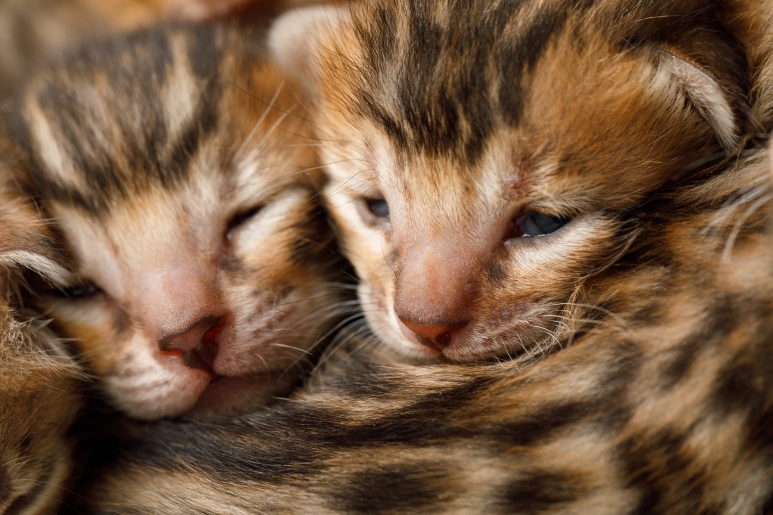How to protect your pet

Photo: Thinkstock
Pets, as well as being a much-loved member of the family, can also be expensive, particularly with Hong Kong’s love of pedigree pooches.
Consider this: in 2011, an 11-month-old red Tibetan mastiff was sold for about US$1.5 million to a buyer in northern China. Even for those whose faithful friends didn’t come with price tags quite as startling as that, vet bills can add up, and premium-priced pets can get lost or stolen, so taking out pet insurance sounds like a sensible precaution.
As ever with insurance, though, the challenge is working out whether it’s worth it.
See also: Five-Star Pet Hotels
Photo: Thinkstock
Pet insurance is a niche market in Hong Kong. It isn’t offered through brokers, and is only sold directly to customers by two insurers, FWD and Blue Cross; a third, Manulife, discontinued it a few years ago.
“Generally pet insurance tends to be similar to human health insurance,” says Michael Lamb, chief executive of insurance broker CCW Global. However, he adds that “the premiums involved tend to be on the high side,” and in some cases he recommends just paying out of pocket as and when a pet becomes sick.
“Including the animal on a Home Contents plan is a very good compromise between no coverage and some” —Michael Lamb
FWD offers three pet insurance plans, for animals aged between six months and eight years, with premiums of HK$1,120, HK$2,810 and HK$4,780. All of them cover veterinary consultation fees, medication, boarding and clinical costs for sick pets; plans 2 and 3 also cover surgical costs, advertising if the pet is lost, funeral expenses and costs arising from the cancellation of holidays; while plan 3 also covers third-party expenses.
Blue Cross also offers three policies—confusingly, in this case plan 1 offers the highest level of cover—with premiums of HK$1,120, HK$1,900 and HK$2,810.
Again all of them cover veterinary consultation fees and medication, and here all cover third-party liability; plans 1 and 2 cover boarding and clinical costs; and plan 1 also covers holiday expenses, funeral costs, advertising expenses for lost pets, and cover for pets during overseas trips. The company does insure dogs over eight years old, but only renewals of existing policies.

Photo: Thinkstock
In both cases, several breeds classified as ‘fighting dogs’ are excluded; premiums are 10 per cent higher for a whole range of other breeds, including Shar-Peis, Chow Chows, Alsatians, Rottweilers. Both also come with a range of exclusions, the most important being for any pre-existing medical conditions—something that pedigree animals are particularly likely to suffer from.
While specific life insurance coverage on individual pets isn’t generally available, if you have a particularly expensive animal and want it covered, it can be included as a specified item on certain home contents policies. Policies typically cover the death, loss or theft of a pet, as well accommodation for pets if the policy holder’s home becomes uninhabitable, and possibly also damage caused by pets.
They only offer cover up to a very limited value, though—the Circles Assets plan offered by Circles Group, a Lloyd's cover holder that specialises in niche insurance offerings, offers up to HK$25,000 of cover, for example—and exotic animals are generally excluded.
Sign up for our weekly newsletter to get our top tatler_stories delivered.
